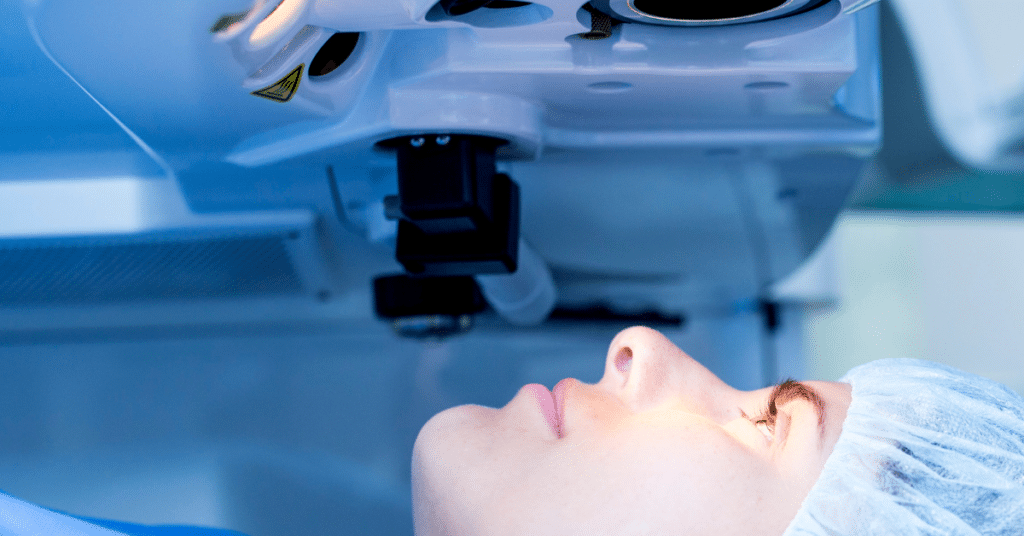
The technology of LASIK has transformed, restored and improved the eyesight for more than 30 million people worldwide. Boasting a 99% success rate, although LASIK is still for insurance purposes considered an elective procedure, it has been a necessary intervention for those with myopia, hyperopia and astigmatism. LASIK (laser in situ keratomileusis) is a surgical procedure designed to correct refractive errors. LASIK involves creating a corneal flap using a microkeratome or femtosecond laser to reshape the cornea using an excimer laser. Different tools and technology may be utilized when completing a highly personalized LASIK procedure based on your corrective needs by in general laser eye surgery uses guided computer technology along with the skills of a surgeon to accurately position the laser to change the shape of the cornea to bend light appropriately so that light entering the eye can focus properly on the back of the retina creating better vision.
The cornea and lens of the eye work together to bend light so that it lands at the back of the eye called the retina. The retina then signals the brain as to what the images are that you see before you. With refractive errors, that image can become unclear. Nearsightedness, also called myopia, is an eye condition where you can view objects up close but objects far way appear blurry. Myopia occurs if the eyeball is too long or the cornea is too curved causing light that enters the eye to fall in front of the retina instead of directly on it. The abnormality creates the out of focus sensation for objects that are far away. Farsightedness, also called hyperopia, is the opposite eye condition of myopia in that distant objects are seen clearly where objects up close are blurred or are difficult to see. Hyperopia occurs if the eyeball is too short or the cornea does not have enough of a curvature causing light that enters the eye to land behind the retina instead of directly on it. Corneal thickness is a high priority requirement for LASIK patients as sufficient corneal tissue is necessary for reshaping to correct vision. Astigmatism is a common eye condition involving an irregular curvature of the cornea. Many people have some degree of astigmatism in conjunction with myopia or hyperopia. Astigmatism occurs when the cornea or lens is oddly shaped, usually further distorting already blurred vision.
LASIK for nearsightedness, farsightedness and astigmatism is easily explained during a consultation with Inland Eye LASIK. If you are experiencing any refractive errors or combination of refractive errors, and if you meet the requirement for surgery, LASIK can benefit you by changing the curvature of the eye to bring clarity to your vision. To learn more, visit WEBSITE. For a comprehensive eye exam to discuss your eye conditions and options to resolve them, call 909-937-9230.









